by Wendy Lazarus
Co-authored by Ginny Puddefoot, Director of HIT Initiatives for Vulnerable Youth, The Children’s Partnership
One of the most popular aspects of the Affordable Care Act is that young adults have been able to continue their health coverage until age 26 under their parent’s health plans. Historically this group has had the highest rate of uninsurance in the United States. So far the transition to their parents’ plans for these young adults has been relatively easy. But when it comes to the country’s former foster youth, getting them the coverage they need and deserve becomes far more complicated. May, which is National Foster Care Month, offers an opportunity to focus on this potential problem and examine ways to address it now.
There is no debating the fact that children and youth in foster care have health conditions that are far more complex and costly than non-foster children. In short, their need for health insurance is acute. It is estimated that nearly half of children in foster care suffer from chronic medical problems and up to 80% of kids in care suffer from serious emotional problems – conditions that persist even as they age out of care.
While in foster care, almost all foster children in the United States obtain their health coverage through Medicaid. Thus, children’s advocates applauded the Affordable Care Act’s provisions that allow former foster youth to be automatically eligible for Medicaid until age 26 so long as they were in foster care and enrolled in Medicaid at the time of their 18th birthday.
However, many challenges exist in making these provisions effective and available to the more than 180,000 youth who have aged out of foster care since 2007 and who will be aging out of foster care in the near future. First is whether former foster youth who initially lost coverage at the age of 18 will even know about this new opportunity to re-enroll. Secondly, there is a risk that states won’t do enough for the 18-year-olds who are aging out of foster care next year to keep their Medicaid coverage. And finally, those youth who have moved out-of-state could confront problems since proposed rules would allow states the option not to enroll those who have recently moved into their state.
To address these issues as the acting guardian for young people in foster care, states need to implement this Medicaid expansion for former foster youth in a manner that parallels the parental support most of their non-foster peers have. Indeed, as the acting “parents,” the state has an obligation and responsibility to identify and notify former foster youth, under age 26, of these new health options. Reaching this population will require states to employ a number of strategies, including leveraging state and county databases and reaching out to youth-serving organizations, shelters and schools.
States must also develop eligibility policies and practices that ensure current foster
youth retain their Medicaid coverage, without interruption, when they age out of care after January 1, 2014. States should use this opportunity to automate the process, in order to make the best use of new eligibility and enrollment systems being built to comply with federal law. This is particularly important because former foster youth often lack documentation and records that can help them apply for health insurance and states often already have this information in their own databases.
Finally, states should take the important step of adopting the option to provide coverage for former foster youth from other states (if final rules maintain this as an option), as this is an extremely mobile population.
The implementation of the Affordable Care Act is a milestone for the continued health coverage of our young adults. In this historic moment, children transitioning from foster care to adulthood should not be at a greater disadvantage than children who have parental support. This is an opportunity for states to step up on behalf of young people for whom they are acting in the place of parents.
